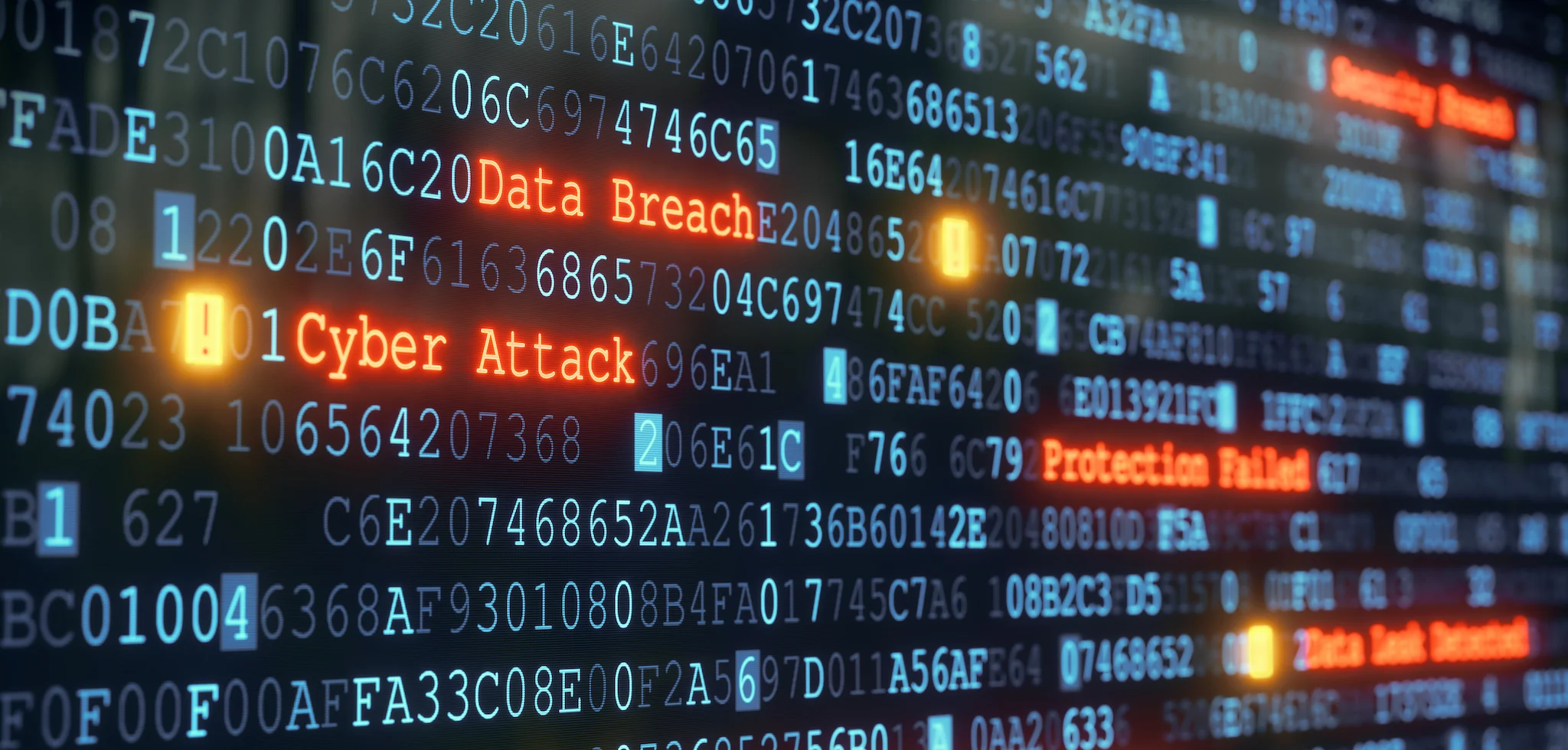
In today's digital age, where our lives are becoming increasingly entwined with technology, the need for robust cybersecurity has never been more critical. Recent events, such as the cyberattacks that unfolded post-Las Vegas, have exposed vulnerabilities in our digital infrastructure and underscored the urgency of enhancing our cybersecurity measures.
In this long-form article, we will delve into the future of cybersecurity, make predictions based on the evolving landscape, and discuss the necessary preparations to safeguard our digital world.
The Las Vegas Attacks: A Wake-Up Call

The Las Vegas cyberattacks in 2022 sent shockwaves across the cybersecurity landscape. These attacks revealed the potential catastrophic consequences of cyber threats, as they disrupted critical infrastructure, exposed sensitive data, and created chaos in various sectors. It's crucial to understand the aftermath and what lessons we can learn from this incident to predict and prepare for future cybersecurity challenges.
Predictions for the Future
Evolving Threat Landscape
The future of cybersecurity will undoubtedly witness an ever-evolving threat landscape. Hackers and cybercriminals will continue to adapt and innovate their tactics, making it imperative for organizations and individuals to remain vigilant. As technology advances, so do the tools and methods available to those with malicious intent.
AI and Machine Learning in Cybersecurity
Artificial intelligence and machine learning are expected to play a significant role in enhancing cybersecurity. These technologies can help identify and respond to threats in real-time, offering a proactive approach to security. With the integration of AI, cybersecurity will become more robust and adaptive.
Quantum Computing and Encryption
As quantum computing advances, so does the ability to crack current encryption methods. The future of cybersecurity will involve developing quantum-resistant encryption techniques to safeguard sensitive data. This is a field where research and development are of paramount importance.
IoT and Connected Devices
The Internet of Things (IoT) continues to grow, introducing an array of new security challenges. With billions of connected devices, cybersecurity experts will need to focus on securing these endpoints and ensuring they cannot be exploited by malicious actors.
International Collaboration
Global cyber threats require international cooperation. In the future, countries will need to work together to address cybersecurity issues collectively. This collaboration will include information sharing, joint cybersecurity exercises, and the development of international cybersecurity standards.
Cybersecurity Workforce Shortage
The demand for skilled cybersecurity professionals will continue to outstrip the supply. Preparing for the future means investing in cybersecurity education and training to build a competent and capable workforce.
Preparing for the Future

Comprehensive Risk Assessment
Organizations should conduct regular risk assessments to identify vulnerabilities and potential threats. Understanding the specific risks they face is the first step in creating a robust cybersecurity strategy.
Stronger Password Policies
Implementing strong password policies and multi-factor authentication is crucial. Weak passwords remain a common entry point for cyberattacks, and improving password security is a straightforward but effective measure.
Regular Security Updates
Keeping all software, systems, and devices up to date with the latest security patches is essential. Outdated software can be exploited by cybercriminals, and timely updates help close security loopholes.
Employee Training
Educating employees about cybersecurity best practices is paramount. Human error is a significant contributor to security breaches, and well-informed staff can act as the first line of defense.
Incident Response Plan
Having a well-defined incident response plan in place is vital. In the event of a cyberattack, an organization's ability to respond swiftly and effectively can minimize damage and downtime.
The Role of Government and Regulation

Governments worldwide are beginning to take a more active role in cybersecurity. They are enacting regulations and laws to ensure that organizations prioritize and invest in cybersecurity measures. In the future, government involvement will likely increase, which may bring about a more standardized approach to cybersecurity.
Ethical Hacking and Security Audits
To stay ahead of malicious actors, organizations are turning to ethical hacking and security audits. Ethical hackers, often referred to as "white hat" hackers, are employed to identify vulnerabilities and weaknesses in a system. Regular security audits can help organizations find and fix potential issues before they can be exploited.
Blockchain Technology
Blockchain technology, known for its use in cryptocurrencies, is also finding applications in cybersecurity. The decentralized and immutable nature of blockchain can enhance security by preventing unauthorized changes to data and providing a tamper-proof ledger.
Privacy and Data Protection
With increasing concerns about personal data privacy, the future of cybersecurity will see a greater focus on protecting user data. Regulations like GDPR (General Data Protection Regulation) in the European Union set a precedent for stringent data protection laws that other regions may adopt.
Cyber Insurance
As the threat landscape evolves, more businesses and individuals are turning to cyber insurance to mitigate financial losses in the event of a cyberattack. This growing industry will play a role in shaping cybersecurity practices and standards in the future.
Artificial Intelligence and Deep Learning
The integration of artificial intelligence and deep learning into cybersecurity will enable more advanced threat detection and response. These technologies can analyze massive datasets to identify anomalies and potential threats, providing a proactive defense.
Cybersecurity for Critical Infrastructure
Protecting critical infrastructure, such as power grids, water supply systems, and transportation networks, will be a top priority. Cyberattacks on these systems can have severe real-world consequences, and safeguarding them is paramount.
In conclusion, the future of cybersecurity is a dynamic landscape that requires constant adaptation. To effectively prepare for the challenges ahead, organizations, governments, and individuals must invest in proactive measures, collaboration, and the adoption of emerging technologies. The Las Vegas cyberattacks have served as a stark reminder of the ever-present threat, but with the right strategies and a collective effort, we can build a more secure digital future.



